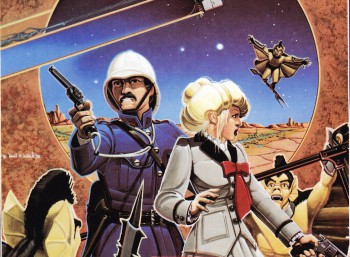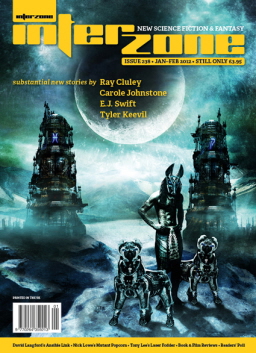Art of the Genre: Review of the Inner Sea World Guide
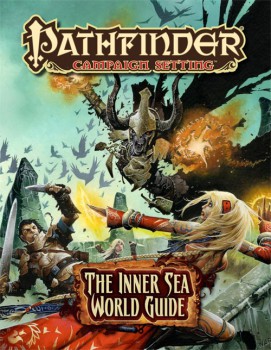 My very first campaign setting, as probably the bulk of old time gamers would also claim, was The World of Greyhawk. I still have great nostalgia for that world, and the classic adventure modules set in it, but sometimes you just need to upgrade, you know? I mean, Greyhawk is over thirty years old, and has gone through a number of facelifts, but still it’s always nice to try on something new.
My very first campaign setting, as probably the bulk of old time gamers would also claim, was The World of Greyhawk. I still have great nostalgia for that world, and the classic adventure modules set in it, but sometimes you just need to upgrade, you know? I mean, Greyhawk is over thirty years old, and has gone through a number of facelifts, but still it’s always nice to try on something new.
And speaking of new! How about Paizo’s Pathfinder Campaign Setting The Inner Sea World Guide. I mean the name alone is worth the price! I’m not sure when the first time I saw this book, but I know when I did I WANTED IT!
Pathfinder is already an outstanding supplemental system, with a massive amount of core books, adventure paths, and gazetteers, but if you’re looking for a new age setting or simply want to steal some quality ideas for your own world, this book is an incredible resource.
As I delved into the pages it was like opening a Pandora’s Box of fantasy grandeur. The book begins with a nice expansion of the races of The Inner Sea, and like Iron Kingdoms did some years back for their setting, Paizo defines twelve different human races before delivering a nice history on the usual suspects like elves, dwarves, and the like.
I was intrigued by this kind of detail, and as I flipped through the different races I couldn’t help by smile at those chosen and the great adventures that could be set in a country populated by these individuals.
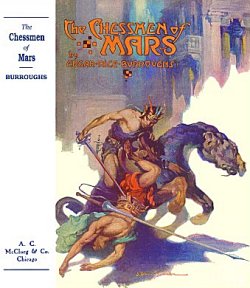 “The squares shall be contested to the death. Just are the laws of Manator! I have spoken.”
“The squares shall be contested to the death. Just are the laws of Manator! I have spoken.”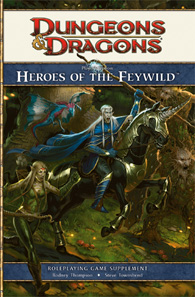 Player’s Option: Heroes of the Feywild
Player’s Option: Heroes of the Feywild 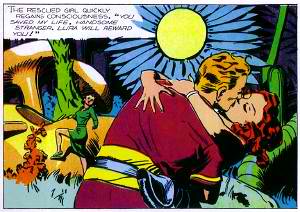
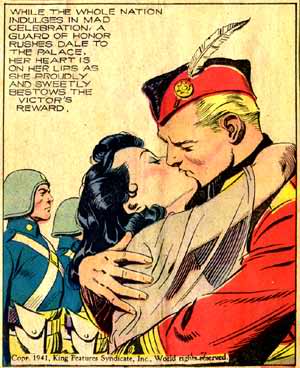

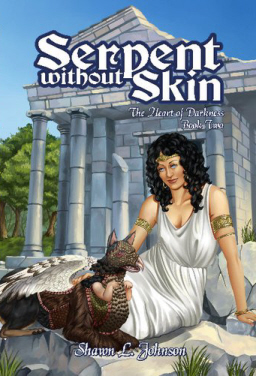 When I resolved to publish the two novels in my
When I resolved to publish the two novels in my 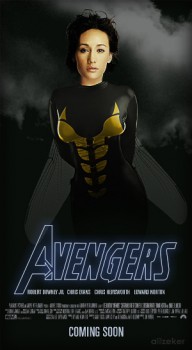
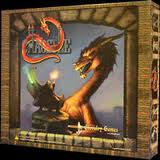 Chaostle
Chaostle 